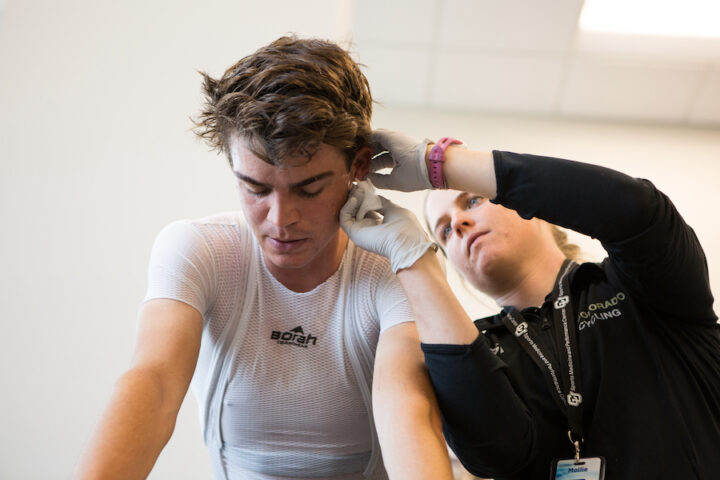
The Endurance Athlete’s Guide to VO2max and Lactate Tests
Find out all the dos and don’ts of physiological testing as we break down VO2max and lactate/ramp testing.
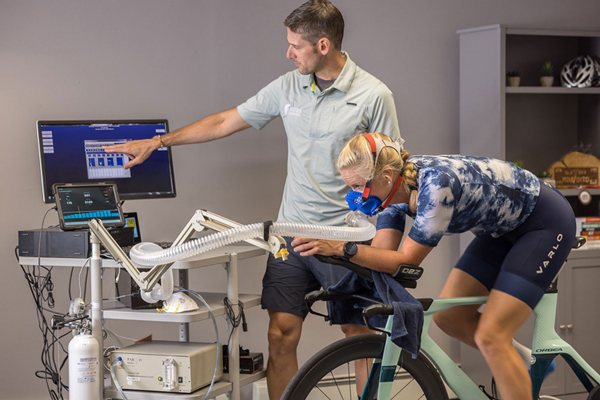
Humans aren’t machines—we’re much more complicated. Exercise physiology involves changes in the body from exercise and rest.
From anaerobic threshold to environmental acclimatization, from FTP to PGC-1 alpha, we explore the science of human performance.

Find out all the dos and don’ts of physiological testing as we break down VO2max and lactate/ramp testing.
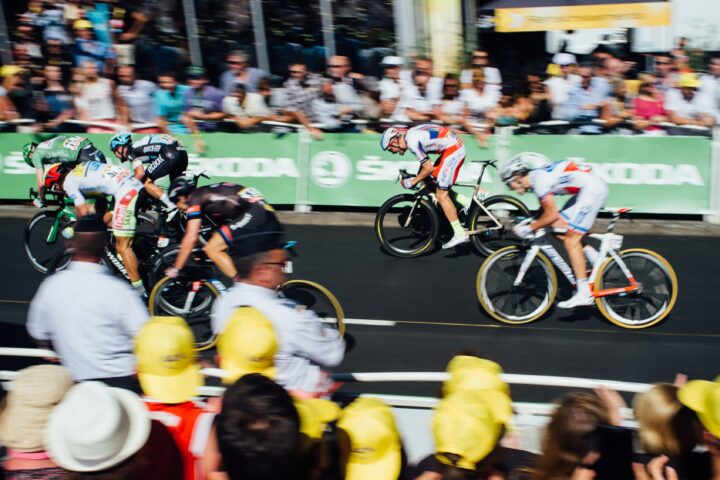
We explore the physiology of race season—how to find top-end fitness, how long it takes, and the best ways to do it.
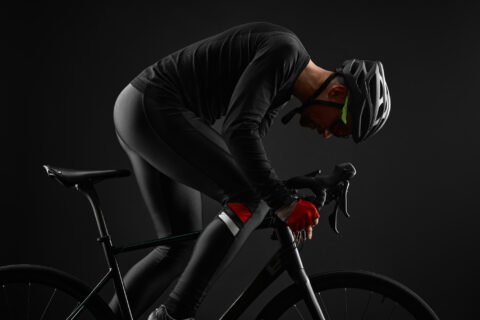
Your lactate threshold may not be what you think it is. Coach Trevor Connor explores the true definition of this physiological turn point.
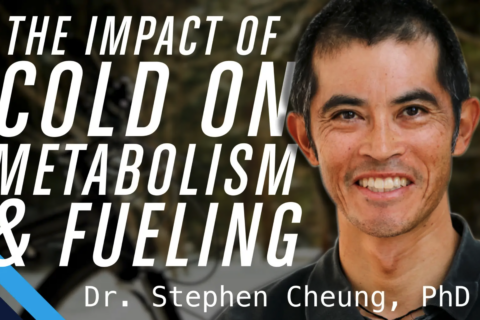
Environmental physiologist Dr. Stephen Cheung addresses whether the amount of fat and carbohydrate used for energy changes with the temperature.
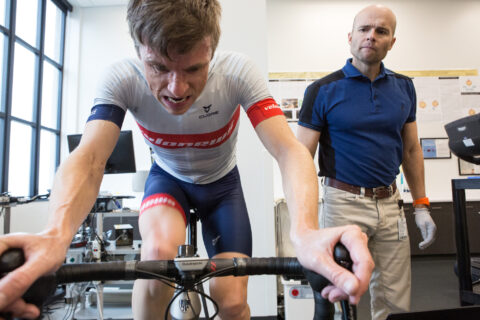
Training inside is hot! Here are some facts and tips on beating the heat indoors.
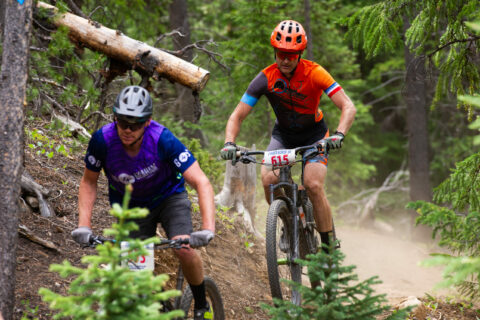
Coach and endurance mountain bike champ Daniel Matheny helps us field questions on coaching junior athletes, how aerobic capacity is impacted by intensity, PVCs, and much more.
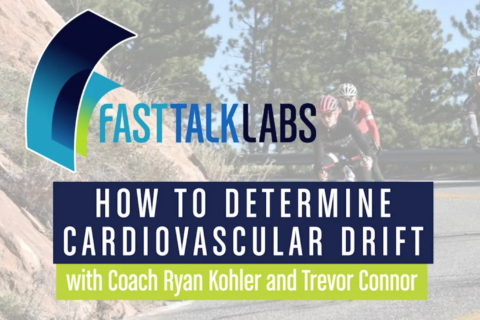
Cardiovascular drift is an instability in heart rate and stroke volume over time. We show you how to determine it.
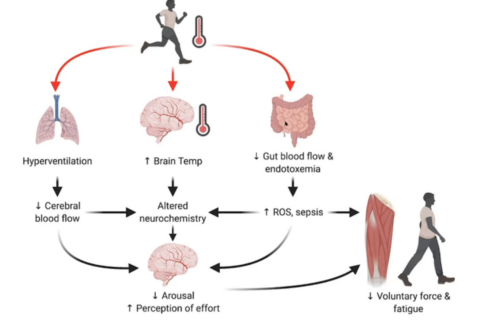
Dr. Stephen Cheung leads a discussion on indoor cycling, including heat management, adaptive differences between indoor and outdoor workouts, and what to do with those “nice” winter days when you can sneak outdoors.
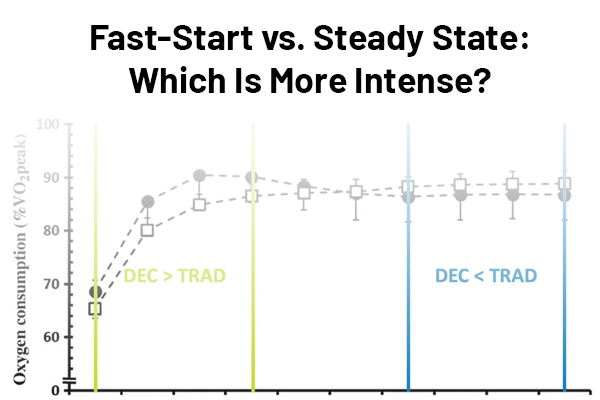
Dr. Stephen Cheung discusses a study comparing steady-state versus fast-start intervals, then uses Xert software to model how a fast-start interval can be much more intense.
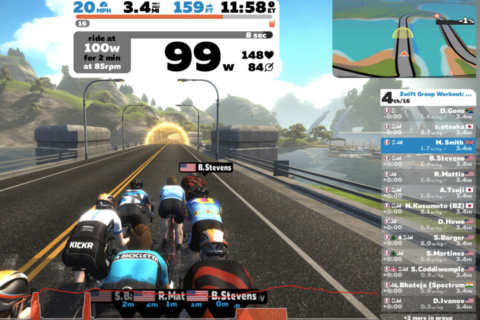
Dr. Stephen Seiler explores whether a Zwift race of about 60 minutes can be a decent substitute for a 60-minute FTP test.
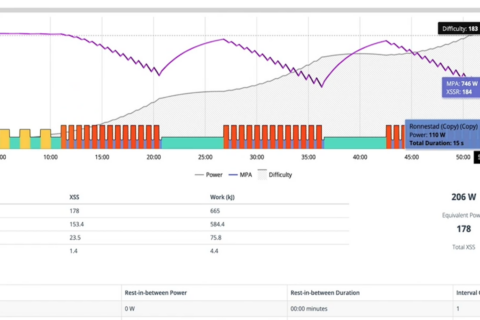
In this workshop, Dr. Stephen Cheung uses Xert software to illustrate how a single workout can impact athletes differently depending on their phenotype.

Cardiovascular drift is measured on the bike by looking at a rise in heart rate relative to power. Dr. Ed Coyle shows us the science behind it.
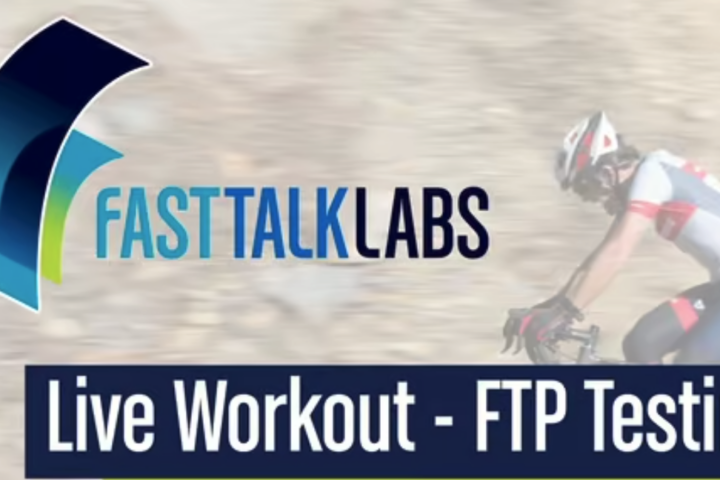
Are you ready to suffer? Join us for a climbing time trial up the infamous Alpe du Zwift during which we’ll execute an FTP test.
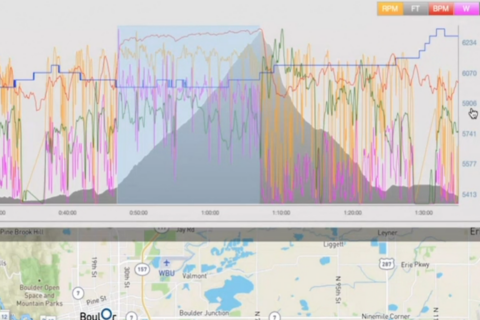
Coaches Trevor Connor and Ryan Kohler analyze data from longer threshold efforts to support results garnered from the popular 20-minute power test.
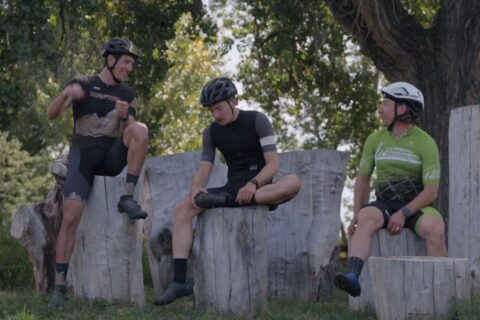
Ryan and Trevor field questions on max heart rate, TSS, recovery in athletes who only train 8-10 hours per week, protein consumption during ultra-endurance events, and more.
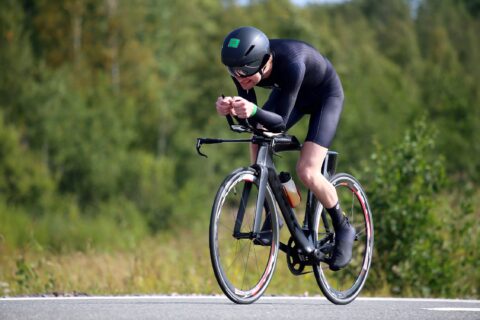
There is no lactic acid in the human body. That said, the burn we feel during hard efforts has a lot to do with acid.
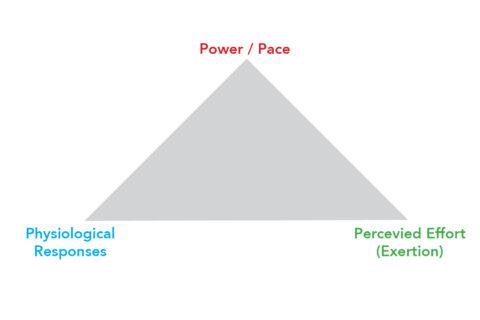
Dr. Stephen Seiler shares the “holy trinity” of training feedback in this live presentation at a rowing conference.
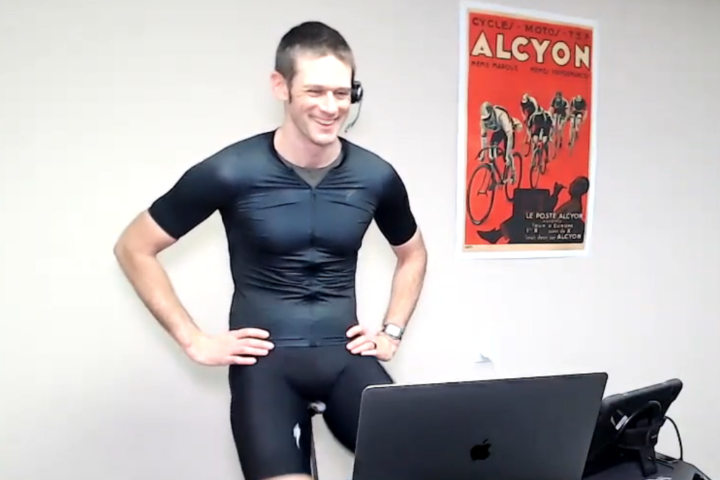
These low-cadence tempo intervals allow us to work on technique, focus on force production at the pedals, and improve muscular endurance.

Dr. Stephen Seiler delves into over a century of research to explore why rowing has gotten faster so consistently.
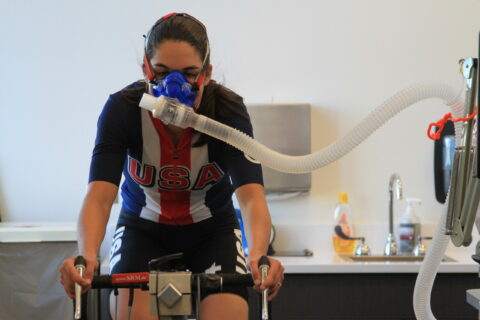
Given the hormonal fluctuations experienced during the menstrual cycle, should female athletes prepare differently for lab testing?
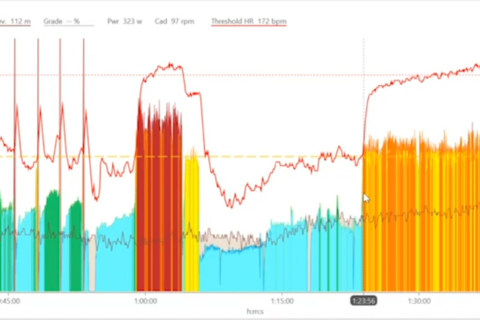
Coaches Trevor Connor and Ryan Kohler analyze data from 20-minute power tests, offering important lessons on the proper execution of these intervals.
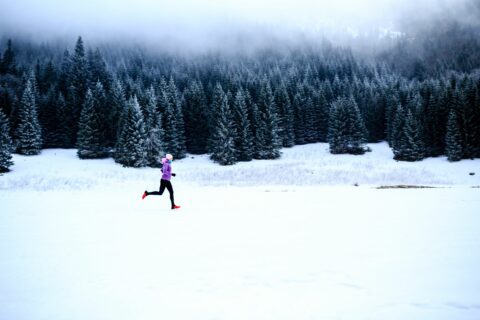
Breathing cold, dry air while training outdoors can feel painful, but does it hamper your performance? Dr. Stephen Cheung explores.